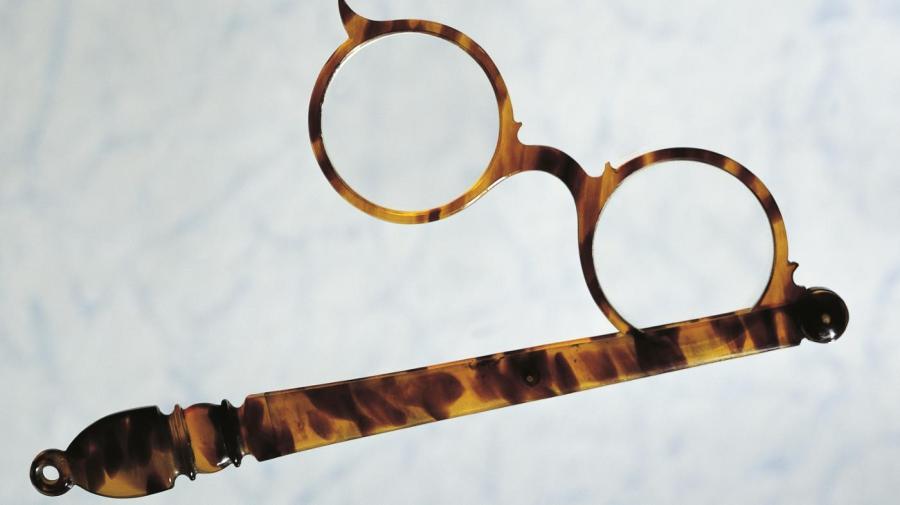How Do You Tell If Something Is Made of Real Tortoise Shell?

To identify real tortoiseshell from material substitutes, apply a hot pin to a hidden spot. If the smell resulting from the hot pin smells similar to burned hair and a black spot develops, the item is likely real tortoiseshell; however, if the burning smells like plastic, then it is not.
Tortoise shell is a material produced from the shells of tortoises and turtles. The hawksbill turtle is the species mostly exploited for the material, causing it to become an endangered species. Stemming from ancient times in both the West and the East, real tortoise shell was often used for items like combs, frames, furniture ornaments, and more. However, by the 1970s real tortoise shell use was officially banned.
To buy or sell real tortoise shell legally, it must be at least a hundred years old and a genuine antique, or had originated from a private collection. Due to the legal aspects of dealing with tortoiseshell, after the ban, plastic, celluloid, bone and horn become common substitutes.
With real tortoiseshell, there can be slight unevenness due to the nature of the shell that molded materials do not have. For genuine tortoiseshell, one can typically see very fine knife marks from where the shell was carved by hand.





